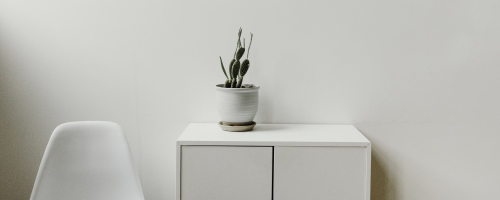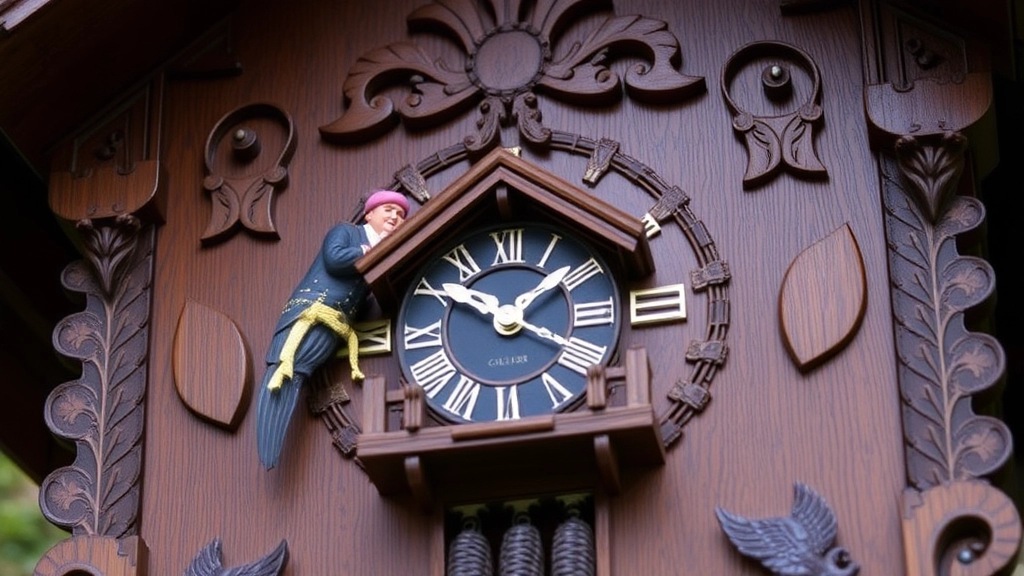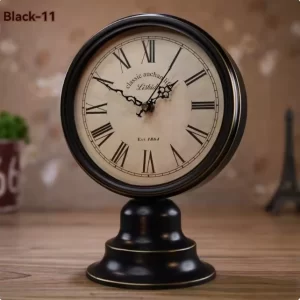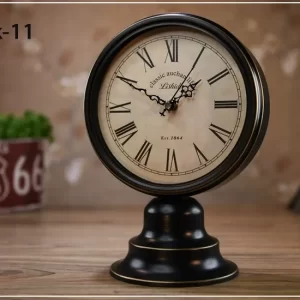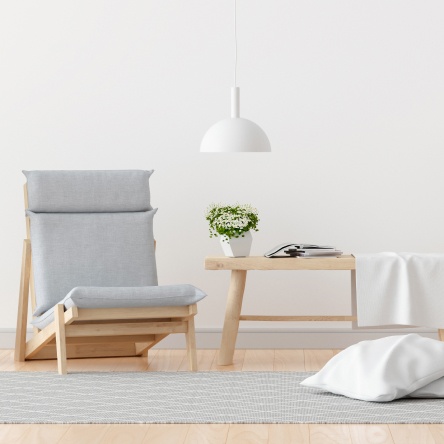The History of the Cuckoo Clock
By MantelClock Studio
The cuckoo clock is a timeless cultural treasure, renowned worldwide as a symbol of German craftsmanship. Its origins can be traced back to the Black Forest region of Germany in the mid-18th century, but the concept dates back even further to 1629. It was then that Philipp Hainhofer, an Augsburg merchant, came up with the idea of a clock that chimed with a cuckoo. At the time, many people in Bavaria relied on sundials and hourglasses to keep time.
Later, in 1669, Domenico Martinelli, in his book Horologi Elementari (Basic Horology), proposed to use the call of the cuckoo to tell the time. Around the same time, simple wooden beam clocks with wooden gears and weights began to be produced in the Black Forest. However, the recent invention of the pendulum clock by Dutch scientist Christiaan Huygens had not yet reached the region.
By the 1830s, the first true German cuckoo clock was made by Franz Anton Ketterer in the Black Forest village of Schönwald. Recognized as one of the earliest cuckoo clock makers, Ketterer laid the foundation for this iconic timepiece. His design includes movable automaton figures and a distinctive cuckoo call, produced by directing air through small pipes by means of a double bellows. The small mechanical bird was modeled after the Cuculus Canorus, or common cuckoo. This innovative mechanism is still the hallmark of Black Forest cuckoo clocks today.
Craftsmanship tradition in the Black Forest
The Black Forest became a center of cuckoo clock production because the local villagers excelled in making everything from intricate wood carvings to precision machinery. The clocks were made during the winter months and then sold by vendors in neighboring areas each spring. By the 18th century, the Black Forest cuckoo clock had become synonymous with excellence in craftsmanship, a tradition that continues to this day.
Unique styles of cuckoo clocks
Over the centuries, a variety of iconic cuckoo clock styles have emerged, many of which are still made today by the MantelClock workshop and other traditional makers.
- Hunting themes: elaborate designs with engraved deer heads, birds, antlers and forest scenes were particularly popular. These “pre-hunting” and “post-hunting” styles are still highly sought after.
- Clover and Bird / Clover and Deer Clocks: These classic designs, centered on a central bird or deer and surrounded by delicate foliage, embody the oldest traditions of Black Forest craftsmanship and are one of the most enduring styles of cuckoo clocks.
- Railroad Clock: Known in Germany as the Bahnhäusleuhr, this clock was inspired by the houses of railroad watchmen. Invented by architect Friedrich Eisenlohr in the mid-18th century, this type of clock features beautiful carvings and ivy leaf motifs on its face.
- Chalet Cuckoo Clocks: Chalet clocks became popular in the 19th century, showing mountain life with their Alpine house designs, A-shaped roofs and images of dancers, waterwheels and other automata. Today, these cuckoo clocks are the most popular and they embody the spirit of the Black Forest.
Mechanical and modern innovations
Early cuckoo clocks were entirely mechanically driven, with a choice of 1-day or 8-day movements .The MantelClock Studio studio proudly continues this tradition, offering beautifully crafted mechanical cuckoo clocks for enthusiasts who value authenticity. For modern convenience, quartz battery-powered cuckoo clocks are becoming increasingly popular, requiring only one battery change per year. These clocks retain their classic design and engraving while offering low-maintenance reliability.
Black Forest Excellence
The Black Forest region is still the center of cuckoo clock production, and many companies still carry on the craftsmanship that has been passed down from generation to generation in their families today.Anton Schneider (founded 1848), August Schwer (1885), Robert Herr (1868) and Rombach & Haas (1894) are just a few examples of this long-standing tradition. Famous brands embody this long tradition , and MantelClock Studio is proud to carry on these traditions, blending historical art with contemporary design.
All authentic Black Forest mechanical cuckoo clocks are certified by the VDS-Verein die Schwarzwalduhr (Black Forest Clock Association). This ensures that they meet the highest standards of craftsmanship and that all key components are produced exclusively in the Black Forest. Each certified cuckoo clock guarantees its authenticity, quality and heritage.
-
Elegant Black Mantel Clock for Living Room – Silent & Stylish
Original price was: $180.00.$170.00Current price is: $170.00.
MantelClock Studio: A legacy of excellence
At MantelClock Studio, we honor the rich history of cuckoo clocks while embracing modern innovations. Our handcrafted pieces showcase the artistry of the Black Forest, from traditional hunting scenes to charming log cabin designs. Each clock is a testament to the dedicated spirit of generations of clockmakers, blending tradition and craftsmanship into timeless treasures.
When you choose a Cuckoo Clock from Mantel Clock Studio, you are investing in a historic work of art – it’s well-made, comes straight from Germany, and is sure to add charm and quality to your home.

